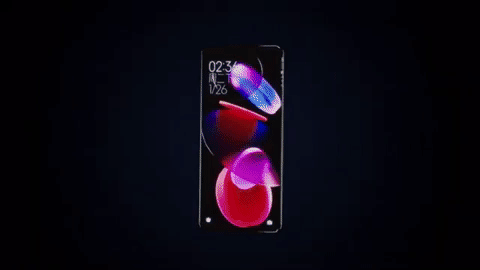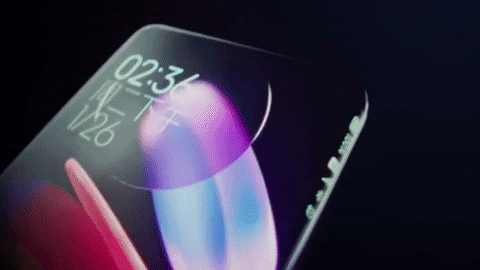Xiaomi's stunning quad-curved waterfall phone makes Galaxy S21 look boring
Xiaomi's new waterfall display concept shows a phone with a screen that spills far over the sides

Xiaomi's new "quad-curved waterfall display" is the future of smartphone design. At least according to Xiaomi.
The screen on its new concept phone wraps almost the whole way around the sides of the handset. Aside from looking spectacular, It results in a "port-free unibody design," which also means no buttons and no ports. It's enough to make even excellent phones like the Samsung Galaxy S21 look old fashioned.
- Samsung Galaxy S21 vs iPhone 12: Which phone wins?
- The best Android phones
- Plus: Samsung Galaxy Z Fold 3 and Galaxy Z Flip 3 launch date just leaked
There are still bezels, however. You can see the display's edges don't quite meet at the corners from these renders and in the video. It's similar to how the Huawei P40 Pro managed its own quad-curve display, albeit to a less extreme degree.

Xiaomi is quite proud of this curved display, achieved over thousands of iterations according to its press release, and with the help of "self-developed glass processing equipment, hot bending under 800°C high temperature and pressure, four different polishing tools and up to more than ten complex polishing procedures."
Concepts such as this one are quite a separate thing from a working, purchasable phone. But a Xiaomi representative, speaking to The Verge, claims that there is a real-life prototype of this phone being tested at Xiaomi. So perhaps a real quad-curved display from Xiaomi is not too far off.
Our biggest concern with a display like this is sheer practicality. As cool as it is to see controls and text spill around the sides, how would a four-sided waterfall phone like this prevent accidental touches?

Having no ports means this phone would need wireless everything, including wireless charging. Fortunately, Xiaomi already showed off Mi Air Charge last week, a charging system that lets you charge your phone without being in contact with a charging pad like currently.
Get instant access to breaking news, the hottest reviews, great deals and helpful tips.
In the meantime, Xiaomi is offering its new Mi 11 to look forward to. This new flagship phone line, which boasts a 6.8-inch 120Hz display, a Snapdragon 888 chipset and a 108MP main camera, has already been announced in China, but a European release event is taking place on February 8.

Richard is based in London, covering news, reviews and how-tos for phones, tablets, gaming, and whatever else people need advice on. Following on from his MA in Magazine Journalism at the University of Sheffield, he's also written for WIRED U.K., The Register and Creative Bloq. When not at work, he's likely thinking about how to brew the perfect cup of specialty coffee.
